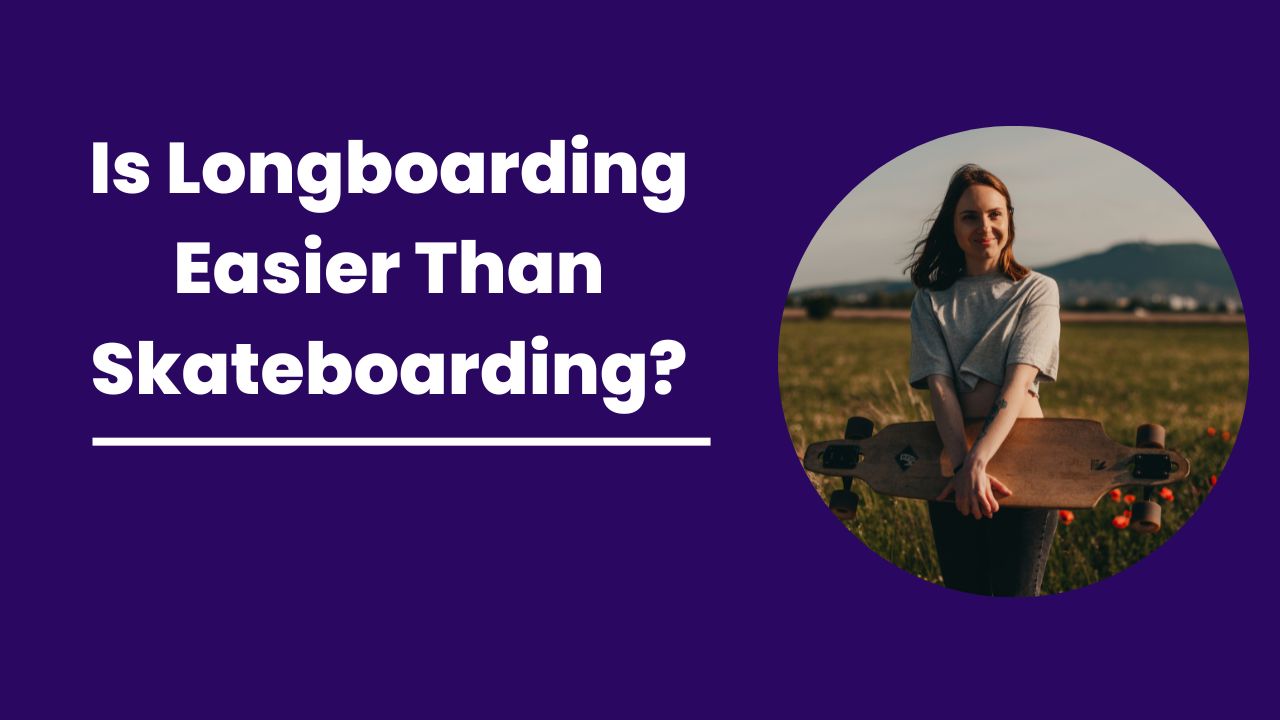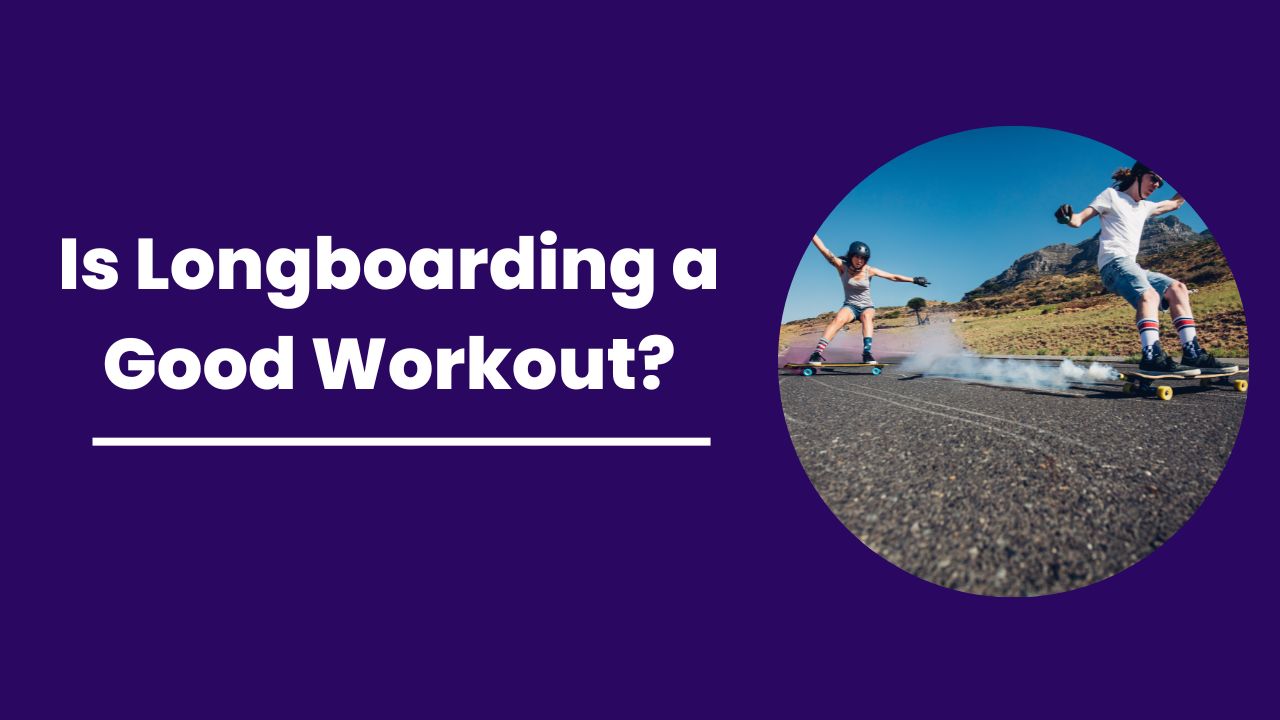Even seasoned longboarders sometimes disregard proper riding foundations focusing on flashy tricks or downhill PRs. Yet revisiting core balancing principles provides integral reminders benefiting experienced experts as much as newcomers.
Through decades of riding and coaching, I break down pivotal foot positioning nuances, pushing refinements and torso tweaks that help reignite responsive agility even for long-time longboarders.

Contents
How To Stand On A Longboard Skateboard?
To stand on a longboard skateboard, you should follow these basic steps:
- Regular and Goofy Stance: There are two ways to stand on a longboard: regular and goofy. Your stance depends on how confident you feel when riding your longboard. Regular means your left foot will lead in the front, while the goofy stance puts your right foot forward at a 45-degree angle. Your dominant leg should lead because it will do most of the balancing on your longboard.
- Body Position: Keep your knees bent and your torso aligned with your feet for better manipulation, especially when learning to longboard. Balance is essential because applying the right pressure on either edge will determine which way the board turns.
- Foot Placement: For normal, easy riding, position your feet slightly wider than shoulder-width, at about equal distance from your front and back trucks. If you’re pushing or braking, your front foot should point towards your longboard’s nose, while your body should fully face forward.
- Practice: Practice constantly for the best boarding experience. The more you practice, the more naturally you will get into the correct posture for the objective at hand – be it relaxed riding, pushing/foot braking, fluid carving, speed boarding, power sliding, or freestyling.
Follow these pro tips to rekindle innate stance balances and launch your riding to exciting new heights!
Reexamining Foot Placement Priorities
Seemingly simple foot positioning on the deck secretly impacts everything from push power efficiency to carving precision:
Pushing Refinements Lead front feet often unconsciously point perpendicular costing drive effectiveness striding rear legs. Slightly stagger instead – it engages more glut activation optimizing push leg propulsion.
Carving Enhancements
Avoid symmetrical stance distribution between lead and rear feet which stifles maneuverability. Exaggerate weight over the front foot letting back legs dial turning intensity.
Rougher Terrain Widening rear foot positioning while bombing bumpy slopes lowers gravity improving stability and absorbing vibrations. But keep leading foot forward still for directional leverage.
These subtle adjusted foot angles fine-tune balance dynamics between pushing might versus turning nimbleness leveraging physics maximizing speed or control priorities contingent on riding context. Don’t overlook proper footing foundations!
Elevating Torso Techniques
The often forgotten core also requires awareness upgrading riding:
Inclined Instincts Begin mildly angling your entire torso laterally into impending turns rather than depending solely on sloped lead legs to steer. Allow chest and shoulders to face carved direction!
Absorption Actions Preemptively flex core knee and hip joints mirroring landings absorbing bump impacts before they toss your trajectory. Dodge disruption through flex!
Aerial Adaptations Approaching ramp airs or half pipe transitions, consciously square shoulder alignment with the board rather than facing the ground. This aerial alignment sets balanced landings.
Let your agile upper body join directional legs elevating longboarding. Reactively rotate your torso steering and suspending against rough roads. Remaster robust ridership from the core out!
Pushing Physiology Refocus
Rededicate technique scrutinizing the pushing step – mastering these mechanics gifts free speed:
Precision Placement
Precisely plant striding feet on road surfaces pointed to maximize drive efficiency. Shuffle heels exactly parallel to match natural hip flexibility points.
Proactive Pivoting Anticipatorily pivot balls of back feet inward as they pass stationary front legs rather than just flicking straight back. This physiological twist engages extra glute power!
Arm Angles Elevate trailing elbows bent 90 degrees while pushing rather than drooping low. Let the rear triceps probe past the hips charging kinetic motion straight from core lever points.
Reboot Stale Skills through Stance Priorities
Even longtime longboarding lovers can gain speed, stability, and style benefits by reexamining riding essentials like pushing and turning foundations. Regress periodically checking basics unlocking performance.
Small stance fixes drive big riding differences!
Read More: How Much Weight Can a Longboard Hold?
Advanced Longboard Stance Improvement Cheat Sheet
| Focus Area | Posture Tweaks | Benefits |
|---|---|---|
| Foot Placement | Stagger front foot. Widen rear | Power or precision |
| Torso Orientation | Incline into turns. Absorb terrain | Agility and control |
| Pushing Motion | Refine leg placement. Maximixe arm angles | Generate free efficiency speed |
Should You Ever Square Shoulders?
Yes – when ascending vertical walls or half pipe transitions, briefly square torso aligning shoulders over the wheels. This sets balanced gravity approaching the apex when the wheels regain grip.
Do Tall Riders Need Narrower Stances?
Actually no – wider is better. Lengthy longboarders need exaggerated foot placement widths for equivalent hip flexibility leverage relative to deck size. Think proportionality.
Will Switch Stance Ever Outperform Regular?
Unlikely – while building switch skill remains valuable, human anatomical asymmetry means back leg drive strength and front foot finesse consistently excel on dominant sides for most. Play preferences.
Can Stances Substitute Between Longboard Shapes?
Depends – dancer decks accommodate more square-shouldered shuffling given ample platform space. But downhill boards demand precisely placed precision footing always. Consider deck purposes.
In Closing The best longboarders accumulate miles mindfully, consistently revisiting forms and fundamentals that scaffold skills. Periodically reset stance essentials counterbalancing complacency. Strong riding foundations uplift all terrain aptitude when properly prioritized – embrace the longboarding journey!

